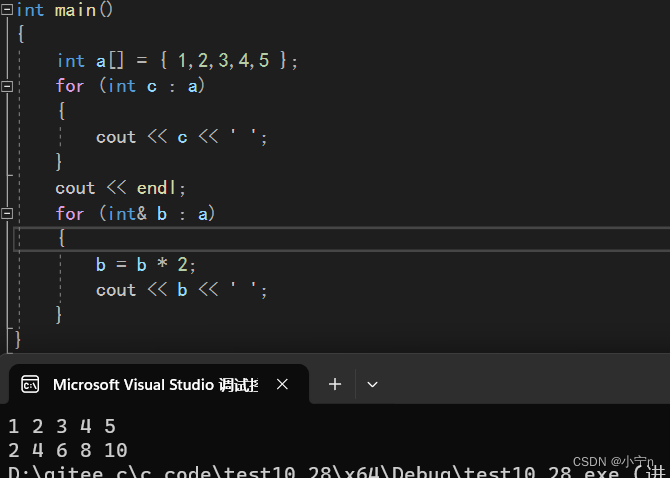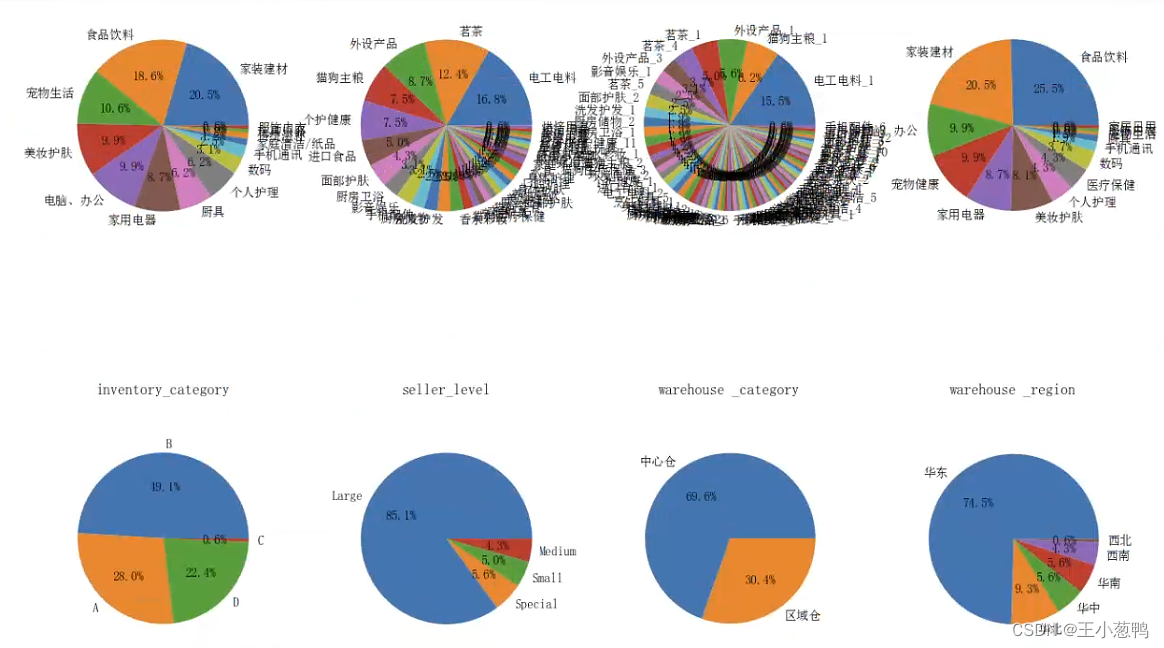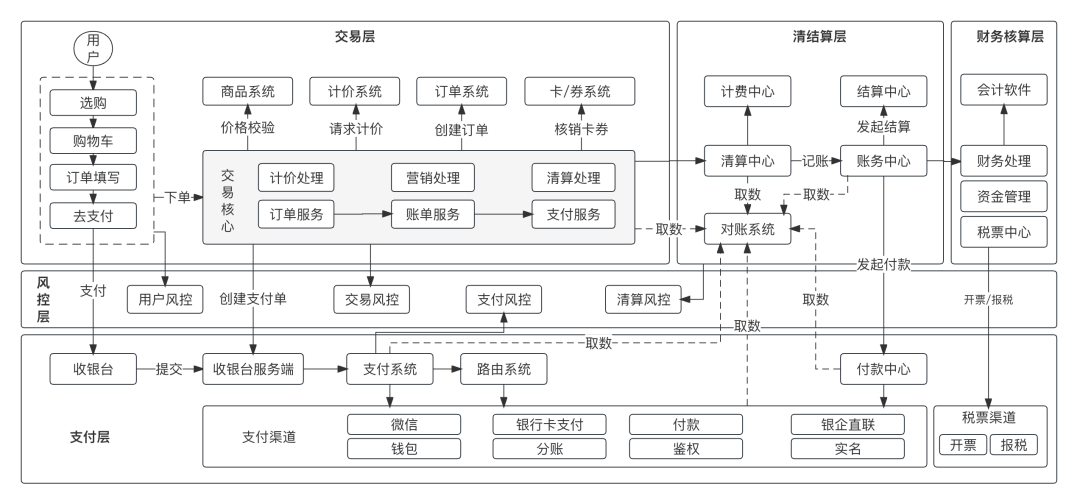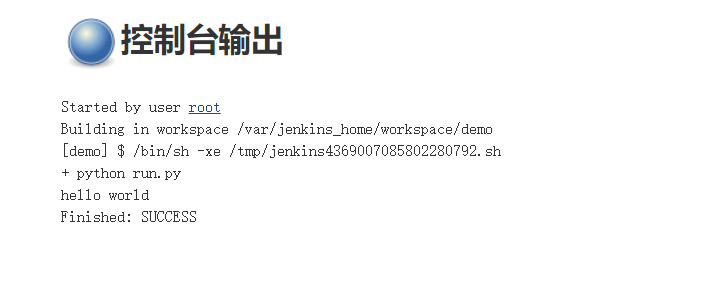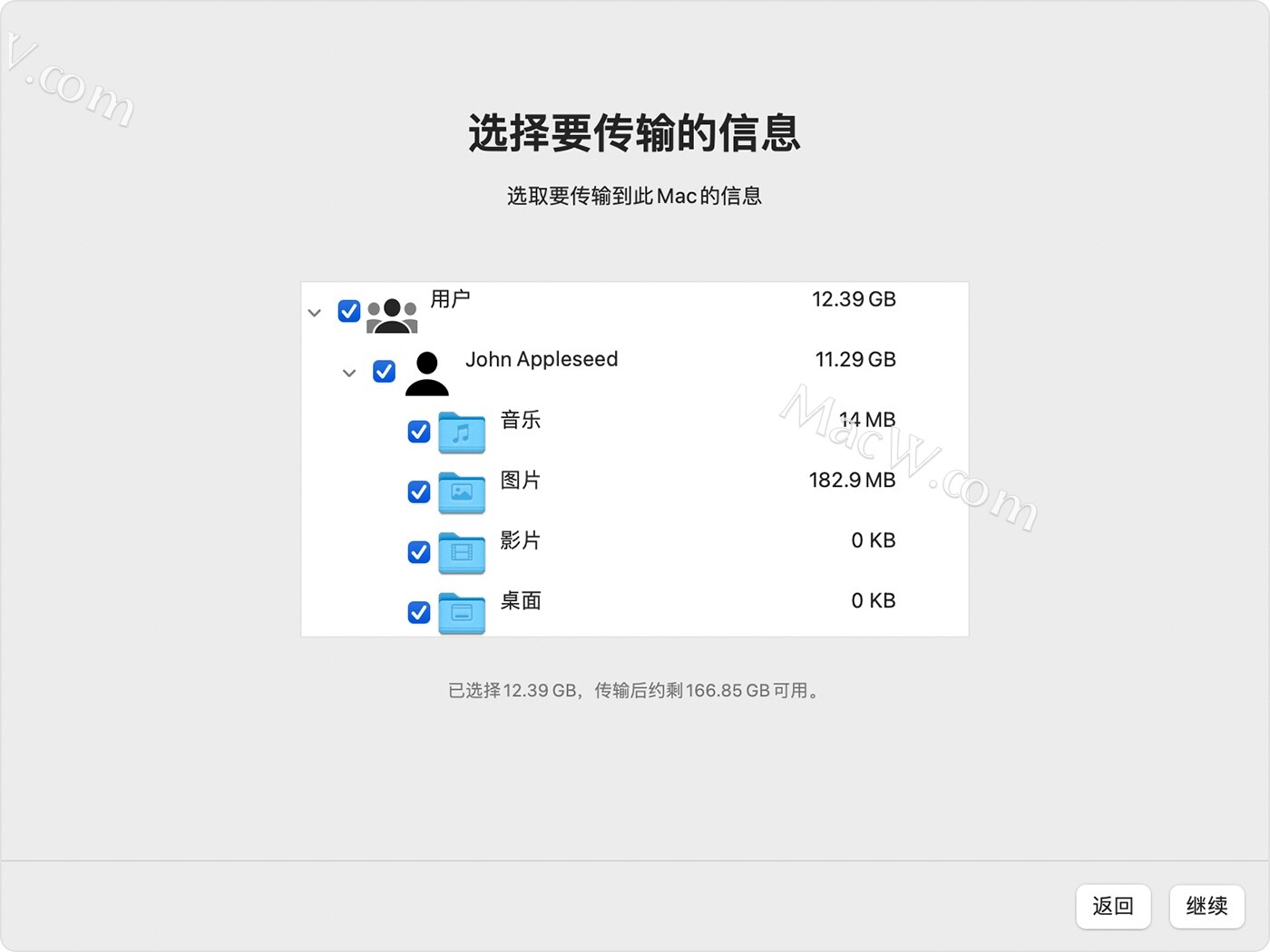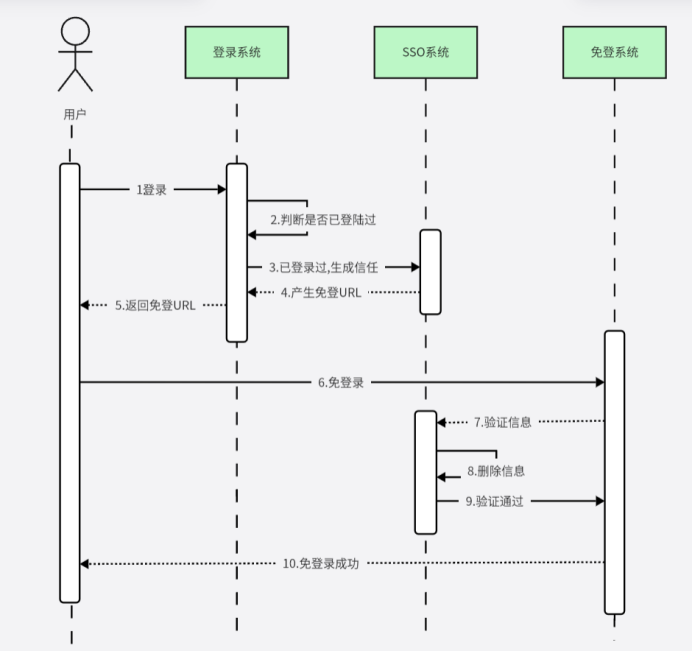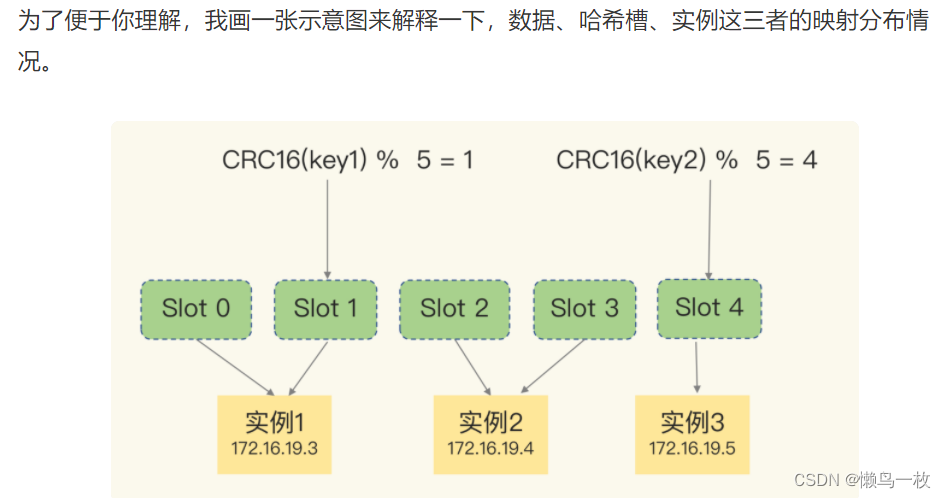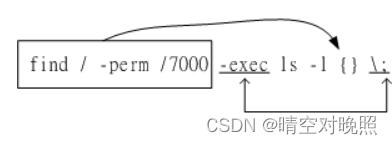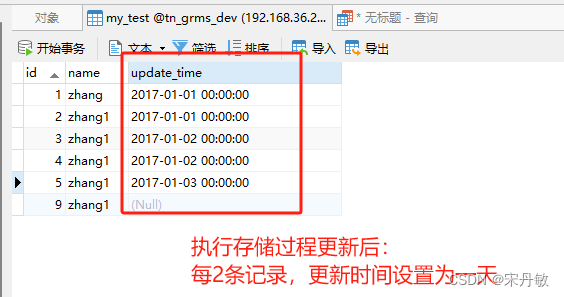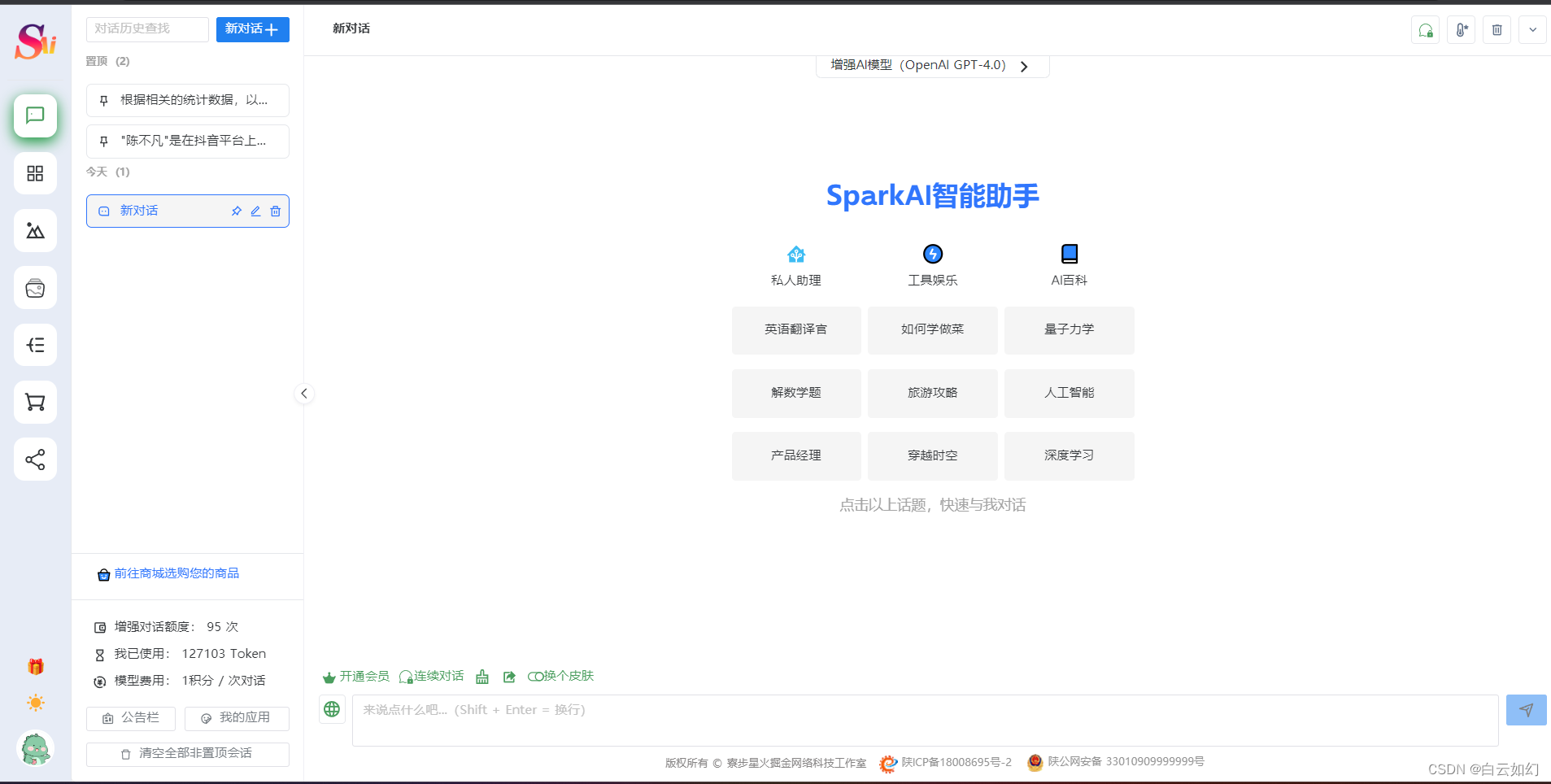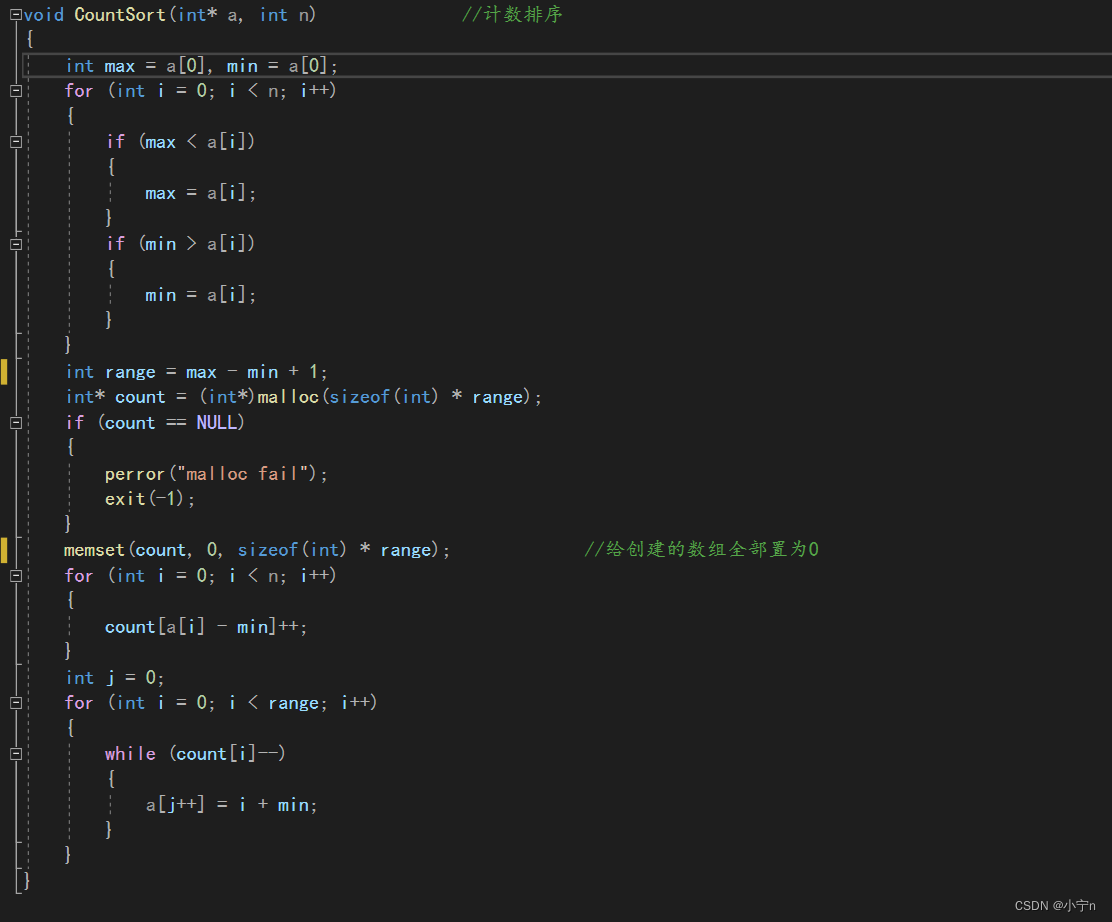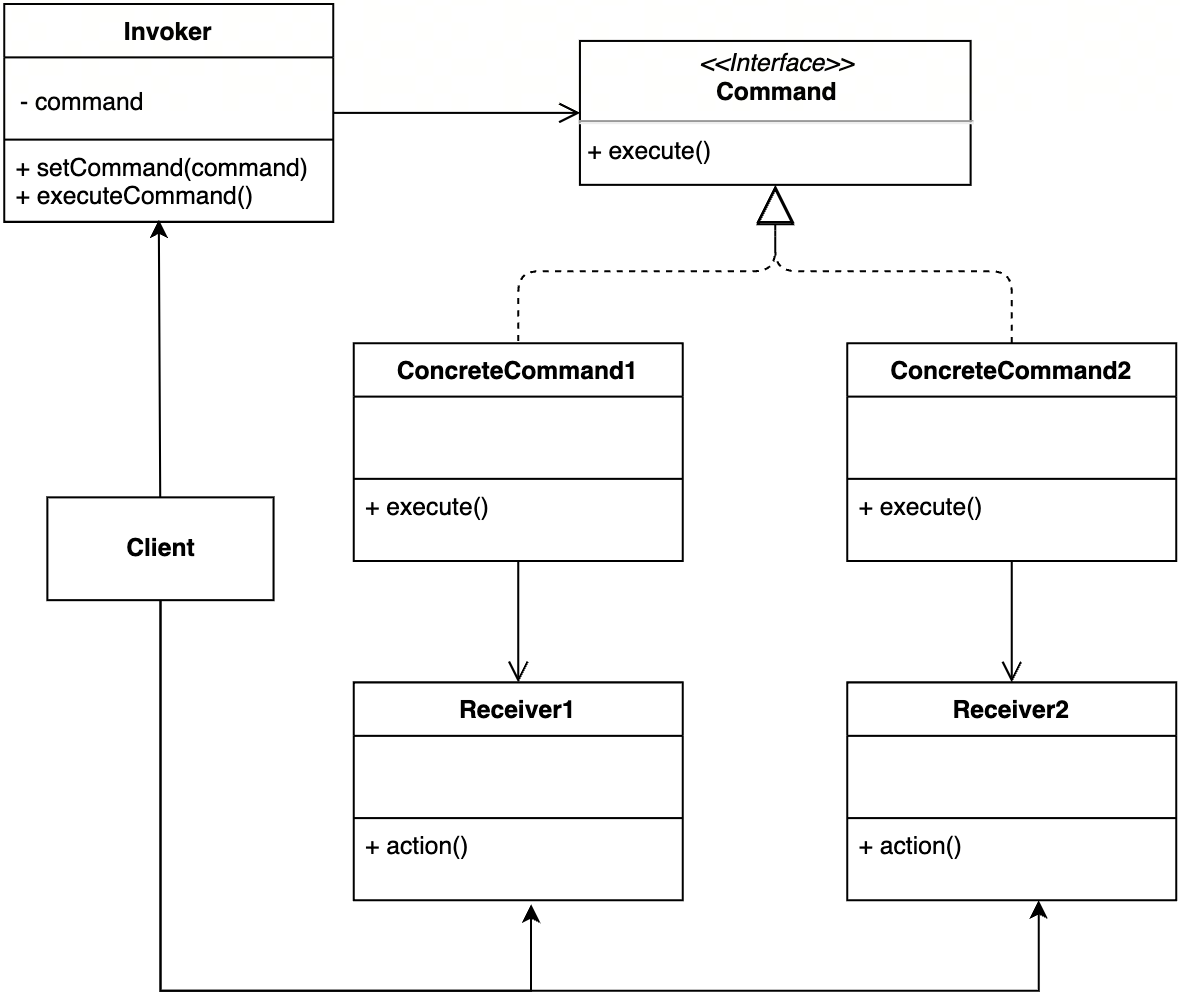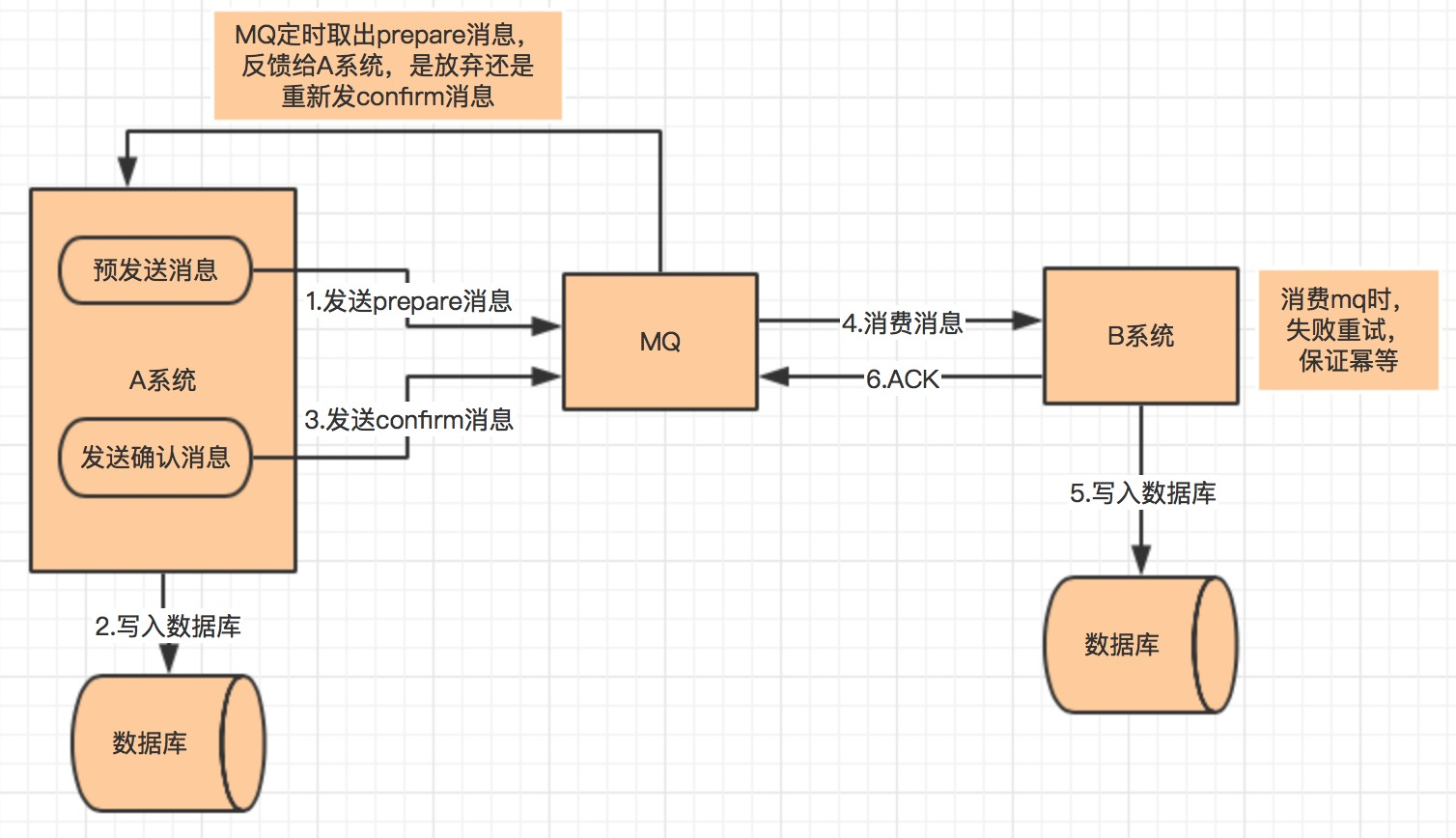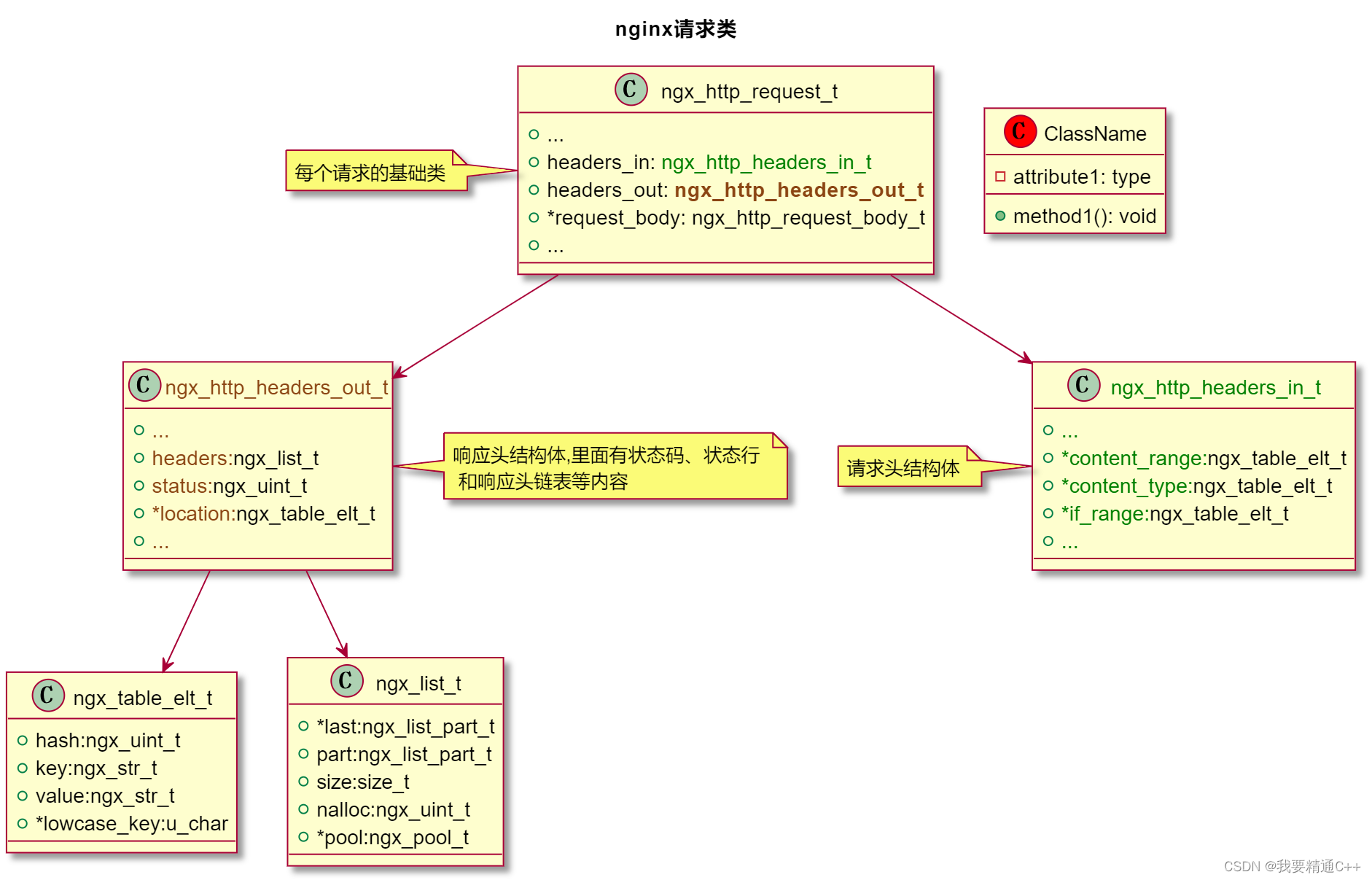
/*
罗剑锋老师的注释参考:
https://github.com/chronolaw/annotated_nginx/blob/master/nginx/src/http/ngx_http_request.h
*/
struct ngx_http_request_s {
uint32_t signature; /* "HTTP" */
ngx_connection_t *connection;
void **ctx;
void **main_conf;
void **srv_conf;
void **loc_conf;
ngx_http_event_handler_pt read_event_handler;
ngx_http_event_handler_pt write_event_handler;
#if (NGX_HTTP_CACHE)
ngx_http_cache_t *cache;
#endif
ngx_http_upstream_t *upstream;
ngx_array_t *upstream_states;
/* of ngx_http_upstream_state_t */
ngx_pool_t *pool;
ngx_buf_t *header_in;
ngx_http_headers_in_t headers_in;
ngx_http_headers_out_t headers_out;
ngx_http_request_body_t *request_body;
time_t lingering_time;
time_t start_sec;
ngx_msec_t start_msec;
ngx_uint_t method;
ngx_uint_t http_version;
ngx_str_t request_line;
ngx_str_t uri;
ngx_str_t args;
ngx_str_t exten;
ngx_str_t unparsed_uri;
ngx_str_t method_name;
ngx_str_t http_protocol;
ngx_str_t schema;
ngx_str_t charset;
ngx_str_t cookie_self;
ngx_str_t user_name;
ngx_chain_t *out;
ngx_http_request_t *main;
ngx_http_request_t *parent;
ngx_http_postponed_request_t *postponed;
ngx_http_post_subrequest_t *post_subrequest;
ngx_http_posted_request_t *posted_requests;
ngx_int_t phase_handler;
ngx_http_handler_pt content_handler;
ngx_uint_t access_code;
ngx_http_variable_value_t *variables;
#if (NGX_PCRE)
ngx_uint_t ncaptures;
int *captures;
u_char *captures_data;
#endif
size_t limit_rate;
size_t limit_rate_after;
/* used to learn the Apache compatible response length without a header */
size_t header_size;
off_t request_length;
ngx_uint_t err_status;
ngx_http_connection_t *http_connection;
ngx_http_v2_stream_t *stream;
ngx_http_log_handler_pt log_handler;
ngx_http_cleanup_t *cleanup;
unsigned count:16;
unsigned subrequests:8;
unsigned blocked:8;
unsigned aio:1;
unsigned http_state:4;
/* URI with "/." and on Win32 with "//" */
unsigned complex_uri:1;
/* URI with "%" */
unsigned quoted_uri:1;
/* URI with "+" */
unsigned plus_in_uri:1;
/* URI with empty path */
unsigned empty_path_in_uri:1;
unsigned invalid_header:1;
unsigned add_uri_to_alias:1;
unsigned valid_location:1;
unsigned valid_unparsed_uri:1;
unsigned uri_changed:1;
unsigned uri_changes:4;
unsigned request_body_in_single_buf:1;
unsigned request_body_in_file_only:1;
unsigned request_body_in_persistent_file:1;
unsigned request_body_in_clean_file:1;
unsigned request_body_file_group_access:1;
unsigned request_body_file_log_level:3;
unsigned request_body_no_buffering:1;
unsigned subrequest_in_memory:1;
unsigned waited:1;
#if (NGX_HTTP_CACHE)
unsigned cached:1;
#endif
#if (NGX_HTTP_GZIP)
unsigned gzip_tested:1;
unsigned gzip_ok:1;
unsigned gzip_vary:1;
#endif
#if (NGX_PCRE)
unsigned realloc_captures:1;
#endif
unsigned proxy:1;
unsigned bypass_cache:1;
unsigned no_cache:1;
/*
* instead of using the request context data in
* ngx_http_limit_conn_module and ngx_http_limit_req_module
* we use the bit fields in the request structure
*/
unsigned limit_conn_status:2;
unsigned limit_req_status:3;
unsigned limit_rate_set:1;
unsigned limit_rate_after_set:1;
#if 0
unsigned cacheable:1;
#endif
unsigned pipeline:1;
unsigned chunked:1;
unsigned header_only:1;
unsigned expect_trailers:1;
unsigned keepalive:1;
unsigned lingering_close:1;
unsigned discard_body:1;
unsigned reading_body:1;
unsigned internal:1;
unsigned error_page:1;
unsigned filter_finalize:1;
unsigned post_action:1;
unsigned request_complete:1;
unsigned request_output:1;
unsigned header_sent:1;
unsigned expect_tested:1;
unsigned root_tested:1;
unsigned done:1;
unsigned logged:1;
unsigned buffered:4;
unsigned main_filter_need_in_memory:1;
unsigned filter_need_in_memory:1;
unsigned filter_need_temporary:1;
unsigned preserve_body:1;
unsigned allow_ranges:1;
unsigned subrequest_ranges:1;
unsigned single_range:1;
unsigned disable_not_modified:1;
unsigned stat_reading:1;
unsigned stat_writing:1;
unsigned stat_processing:1;
unsigned background:1;
unsigned health_check:1;
/* used to parse HTTP headers */
ngx_uint_t state;
ngx_uint_t header_hash;
ngx_uint_t lowcase_index;
u_char lowcase_header[NGX_HTTP_LC_HEADER_LEN];
u_char *header_name_start;
u_char *header_name_end;
u_char *header_start;
u_char *header_end;
/*
* a memory that can be reused after parsing a request line
* via ngx_http_ephemeral_t
*/
u_char *uri_start;
u_char *uri_end;
u_char *uri_ext;
u_char *args_start;
u_char *request_start;
u_char *request_end;
u_char *method_end;
u_char *schema_start;
u_char *schema_end;
u_char *host_start;
u_char *host_end;
u_char *port_start;
u_char *port_end;
unsigned http_minor:16;
unsigned http_major:16;
};ngx_http_headers_out_t
/*
罗剑锋老师的注释参考:
https://github.com/chronolaw/annotated_nginx/blob/master/nginx/src/http/ngx_http_request.h
*/
typedef struct {
ngx_list_t headers;
ngx_list_t trailers;
ngx_uint_t status;
ngx_str_t status_line;
ngx_table_elt_t *server;
ngx_table_elt_t *date;
ngx_table_elt_t *content_length;
ngx_table_elt_t *content_encoding;
ngx_table_elt_t *location;
ngx_table_elt_t *refresh;
ngx_table_elt_t *last_modified;
ngx_table_elt_t *content_range;
ngx_table_elt_t *accept_ranges;
ngx_table_elt_t *www_authenticate;
ngx_table_elt_t *expires;
ngx_table_elt_t *etag;
ngx_str_t *override_charset;
size_t content_type_len;
ngx_str_t content_type;
ngx_str_t charset;
u_char *content_type_lowcase;
ngx_uint_t content_type_hash;
ngx_array_t cache_control;
ngx_array_t link;
off_t content_length_n;
off_t content_offset;
time_t date_time;
time_t last_modified_time;
} ngx_http_headers_out_t;

